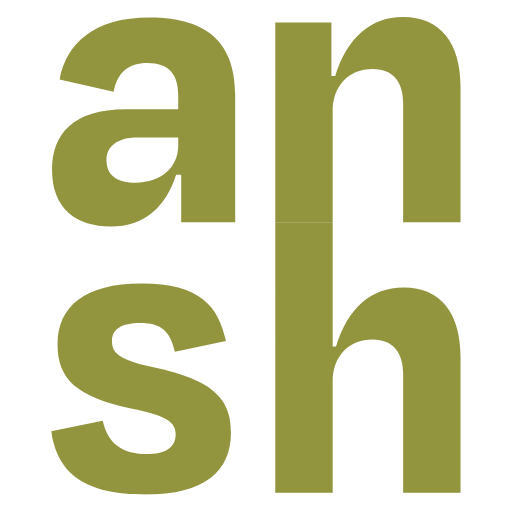The GOTS certification standard covers the entire supply chain of organic textiles, from the harvesting of the raw materials through to the final product. Within this supply chain, there are different sub-categories that GOTS addresses to ensure that the entire process meets strict organic and environmental standards. Here are some of the sub-categories within GOTS certified organic cotton:
1. Organic fiber production: This refers to the growing and harvesting of the organic cotton. It includes the use of organic seeds, soil fertility management, and the avoidance of synthetic pesticides and fertilizers.
2. Processing and manufacturing: This sub-category addresses the processing and manufacturing of the organic cotton into textiles. It includes aspects such as dyeing, printing, and finishing of the fabric. GOTS has strict standards for the use of chemicals in these processes, and all inputs must meet specific environmental and toxicological criteria.
3. Social criteria: GOTS also has social criteria that must be met throughout the supply chain. This includes fair labor practices, safe working conditions, and the prohibition of child labor.
4 . Environmental criteria: The GOTS certification also addresses environmental criteria beyond the use of organic cotton. This includes wastewater treatment, energy consumption, and waste reduction.
By addressing these sub-categories, GOTS ensures that the entire supply chain of organic cotton meets strict organic and environmental standards. This not only ensures that the final product is made of organic cotton but also promotes sustainable and responsible production practices throughout the entire supply chain.
